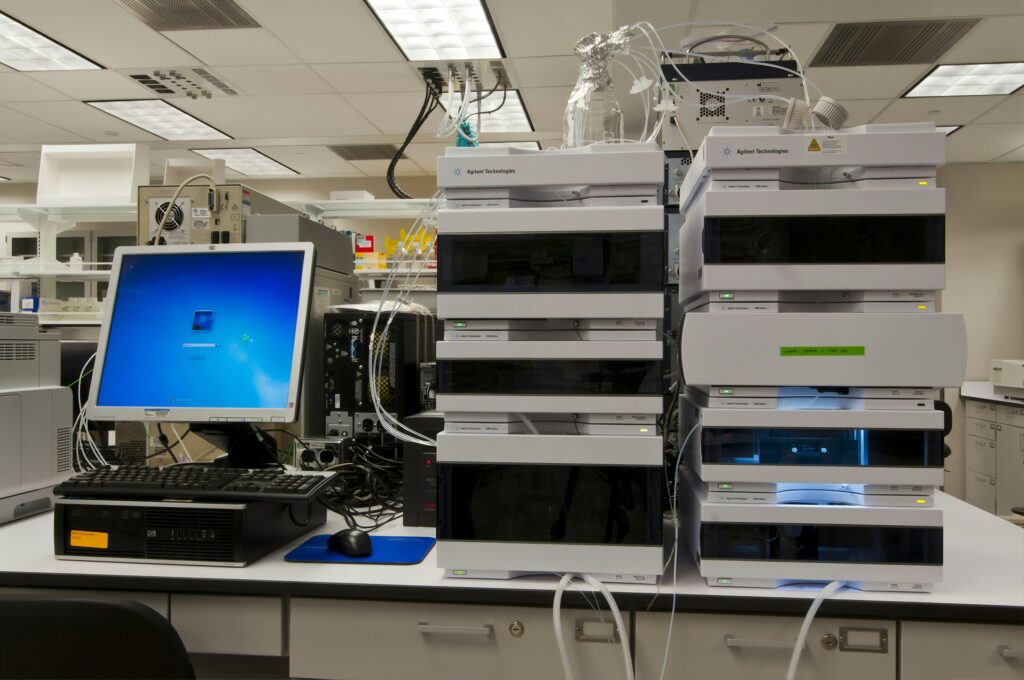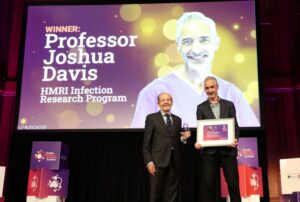
Bone marrow aspirate concentrate (BMAC) has emerged as a promising treatment for joint injuries, leveraging the body’s own regenerative capabilities. This therapy, often involving the extraction of bone marrow from the hip, concentrates stem cells and growth factors to promote healing and tissue regeneration. The concentrated mixture is then injected into the injury site, aiming to expedite tissue repair and reduce inflammation. BMAC is frequently used alone or alongside surgical procedures to treat ACL, MCL, and meniscus tears, among other injuries.
However, a recent study led by Colin Herna, a doctoral student in bioengineering at Lehigh University, has uncovered significant insights into the composition of bone marrow extracted from different locations. The findings could have profound implications for the standardization and effectiveness of BMAC treatments.
Comparing Bone Marrow Sources
Traditionally, bone marrow is harvested from the iliac crest of the hip, a site known for yielding large volumes of marrow. This has led to the belief that hip-derived marrow contains more stem cells, potentially resulting in better clinical outcomes. Yet, for certain injuries like rotator cuff tears, surgeons may opt to extract marrow from the humeral head of the shoulder, thus avoiding a secondary invasive procedure.
Herna’s study, published in ACS Omega, explores whether shoulder-derived marrow is comparable to that from the hip. By applying machine learning models to analyze 109 unique proteins, Herna and his team identified six proteins that could help differentiate between the two extraction sites.
“We identified six proteins that may help distinguish between the two extraction sites,” Herna explains. “In other words, the marrow in the hip and in the shoulder share many of the same ingredients, but not in the same ratios.”
The Role of Microenvironments
The study suggests that the differences in protein composition may arise from the distinct microenvironments of the bones themselves. Such variability is crucial, as proteins and growth factors, even in small amounts, can significantly impact healing processes. Herna’s research provides a framework for understanding these differences, potentially guiding future BMAC applications.
According to Herna, the current lack of standardization in BMAC extraction methods results in variable concentrations of stem cells and proteins. The machine learning approach developed by his team offers a model for medical professionals to study BMAC or other biological tissues more effectively.
Implications for Personalized Medicine
This research could pave the way for more personalized regenerative treatments. By understanding the specific protein compositions of marrow from different extraction sites, physicians might tailor treatments to the individual needs of patients. This approach could be further refined by incorporating demographic factors such as age, sex, and lifestyle, bringing regenerative medicine closer to personalized care.
Herna, who is set to complete his PhD in December, finds the data science aspect of the project particularly inspiring. He notes the value of data-driven decision-making across various research fields.
“There is so much information out there,” Herna says. “Having the skills to make informed decisions based on that data is valuable across many fields of research.”
The findings of this study not only enhance our understanding of BMAC but also highlight the potential for machine learning to revolutionize medical research and treatment protocols. As regenerative medicine continues to evolve, studies like Herna’s will be instrumental in shaping the future of personalized healthcare.





